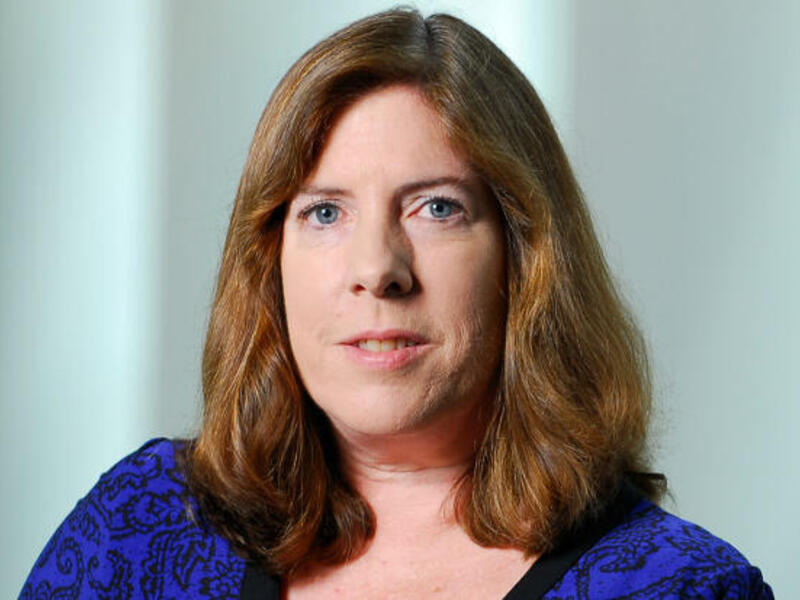Nov. 4, 2016
Foundations of creativity in the workplace
Share this story
Christine Shalley doesn’t just think outside the box. She thinks in other boxes.
As the Virginia Commonwealth University School of Business’ 2016 scholar in residence, Shalley delivered a presentation on “Creativity in the Workplace: The Foundation for Individual and Team Innovation.”

The Thomas R. Williams-Wells Fargo Professor of Organizational Behavior at the Georgia Institute of Technology’s Scheller College of Business, Shalley’s research includes investigating the effects of various social and contextual factors on employee creativity and examining ways to structure jobs and the work environment to support creative and innovative work.
“We all know the term ‘think outside the box.’ And we all know that that is important,” Shalley said. “But I think what is more important and what I try to stress much more is thinking in other boxes. It’s not just ‘don’t think the way you usually do,’ but try to take other approaches, other perspectives.”
For instance, ask yourself how someone in a different department might approach the issue. Challenge yourself to think in different ways, even though it’s not easy, she said.
“Sometimes it fails — failure happens — but it’s good to try different approaches,” Shalley said.
Creativity can refer to both an outcome and a process, Shalley said. Creative outcomes are novel and useful, but must also make sense within a business context. The creative process is not linear, but rather iterate.
“Basically you start to recognize a problem, then an opportunity,” she said. “Then you try to gather lots of information. Then you might start to produce ideas. Eventually, you'll get to the point where you might want to select ideas. Once you select ideas, you might further refine them. You might combine ideas. That’s all part of the creative process.”
The process, however, is iterate, Shalley said, because the individual or team may realize the ideas they generated aren’t all that creative. So you have to go back to drawing board to gather more information, or go even further back to see if you identified the problem or opportunity correctly.
“So it cycles through,” she said.
It’s possible to be creative in any job. And echoing the School of Business’ artist-in-residence Noah Scalin, an individual’s creativity can improve with practice, Shalley said.
Finally, context matters and designing a stimulating work environment is paramount to inducing creativity, she said.
|
Work contexts that stimulate creativity |
Work context impediments to creativity |
|
|
Subscribe for free to the weekly VCU News email newsletter at http://newsletter.news.vcu.edu/ and receive a selection of stories, videos, photos, news clips and event listings in your inbox every Thursday.
Subscribe to VCU News
Subscribe to VCU News at newsletter.vcu.edu and receive a selection of stories, videos, photos, news clips and event listings in your inbox.








